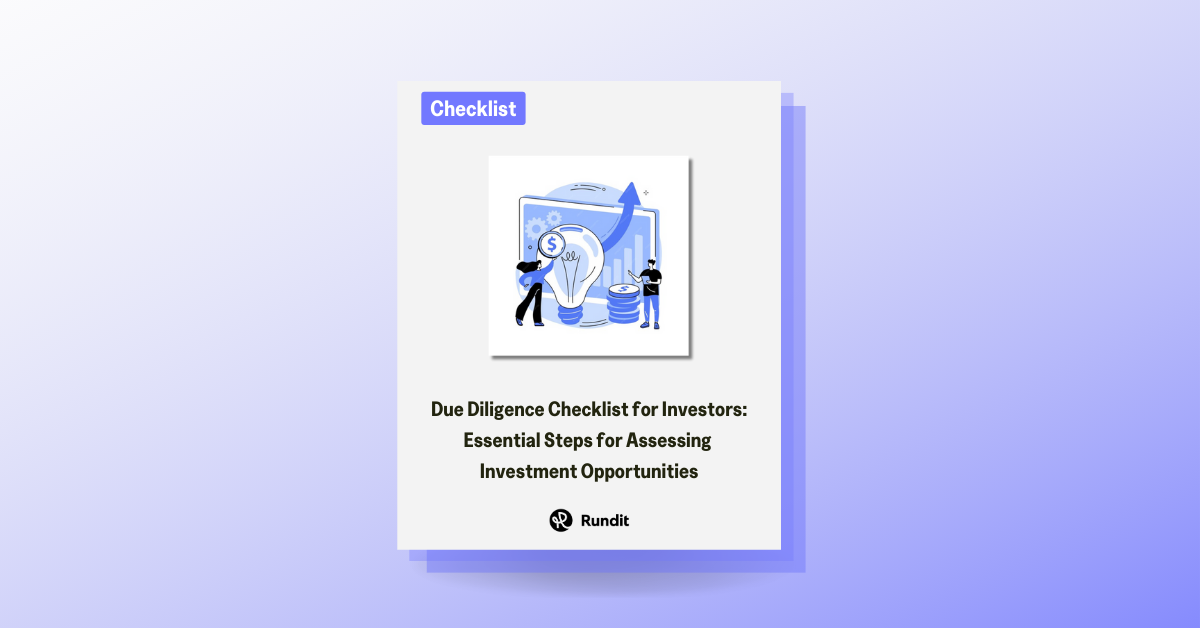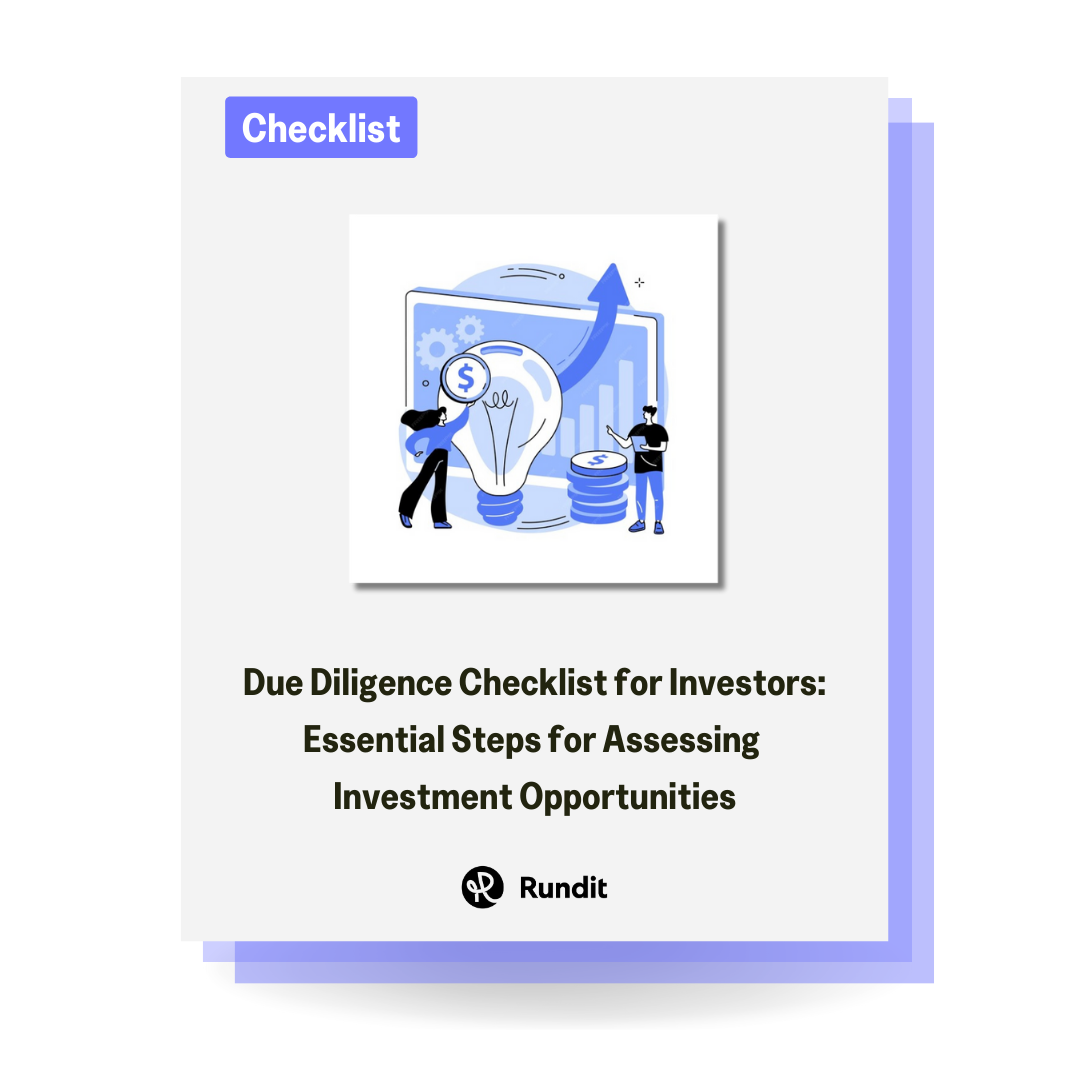
Table of Contents
Mastering Due Diligence: Your Guide to Smarter Investments
Investing in a company is more than just a financial decision, it’s a commitment to its future. But how can you ensure you’re making the right choice? Thorough due diligence is the answer.
This process starts with understanding the company’s core business, market position, and regulatory landscape. It extends to reviewing legal documents like shareholder agreements and contracts to uncover hidden risks. Financial analysis, including audited accounts and growth projections, provides insight into the company’s health and potential. And don’t forget the tax details, which can reveal critical compliance or liability issues.
In this article, we’ll break down the essential steps of due diligence and provide you with a free downloadable checklist to simplify your evaluation process. Whether you’re a seasoned investor or just starting out, this guide will help you assess opportunities with confidence and precision.
Ready to dive in? Let’s get started.

FasterCapital: “A Crucial Step in Assessing Investment Opportunities.
We’ve built Rundit as a comprehensive portfolio management and monitoring platform tailored for venture capital and private equity firms. Our platform serves as a centralized hub for managing investment data, tracking portfolio performance, and generating insightful reports for stakeholders.
With features like real-time analytics, customizable dashboards, and automated reporting, we empower investment professionals to make data-driven decisions and streamline their workflows. Whether it’s evaluating fund performance, optimizing capital allocation, or enhancing LP reporting, Rundit is designed to simplify the complexities of portfolio management.
Learn more about us here!